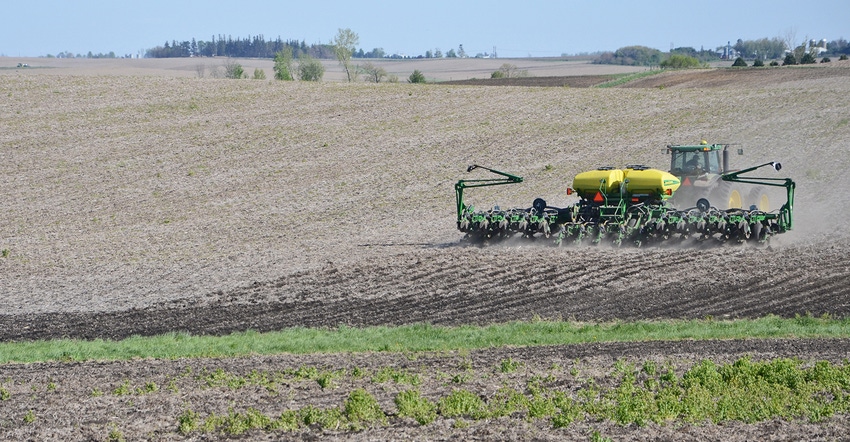February 7, 2020

As part of my job at Farm Progress and working with Western Farmer-Stockman is the opportunity to connect with a lot of different farmers. Recently, I was with a group of innovative larger operators, and we were discussing a range of issues. Of course, the issue of labor arose — and in this group of business operators, the discussion got interesting.
I'm not saying these larger growers have all the answers, but in some cases, they sure had some interesting and creative answers to the issue.
Many farmers are well invested in H-2A and bringing in immigrant labor. Mexico has long been a popular place, but I’ve recently heard stories that longtime employees from south of the border have been unable to return, due to rising tensions in that part of the world. Another area is South Africa, where tensions in the farm sector have made leaving home to earn a living in agriculture a reality.
Yet even that approach can have its pitfalls when it comes to working with H-2A agencies — and of course worker personalities. But what’s a farmer to do?
In that recent group of farmers, I got some interesting ideas about new labor sources for fieldwork for the farm, and ways you might look at bringing in labor to the farm. And there was some insight on tracking farm labor, too.
Who’s in the neighborhood
When you're looking for workers, consider who in the neighborhood is already responsible and even has a full-time job — but with flexible hours.
For example, the county sheriff’s department may have four-day workweeks, or employees with large banked vacation times who may be potential part-timers during busy times of the year. They’re already getting benefits; your farm could offer that “side gig” income they’ve been seeking.
That’s just one example. Look at the county labor pool. Are there workers in other areas? This doesn’t solve the full-time employee problem, but it could net you some responsible workers when you need them most.
Retired farmers are an option for many, but often, they’re not willing to work full time. Yet they can be a great help when needed, provided you can be flexible. Letting employees “schedule” themselves on the farm may be an option.
Say someone can work four days a week for six hours a day — they may like Saturdays and Sundays, too — such a person can be part of a larger pool of workers with different hours. The key is lining them up and offering them the flexibility. In some cases, they may talk amongst each other in a kind of informal “job-share” program, where one person works mornings and the other fills in the afternoons.
Equipment is getting easier to manage, making it easier for a novice operator to step in and help. I’m not saying this journalist is available to help combine, but you can see how this might broaden the labor pool. And look to high schools, where you might find small-town students who really want to work on the farm. Newer, safer equipment opens that pool in many states, too (check local labor laws), and may connect you with an employee with broader prospects for the farm.
The labor issue isn't going away, and the ideas I’ve suggested may not work in your area. But as you move into a new crop season, consider all your options. You may be surprised by what’s available.
About the Author(s)
You May Also Like






